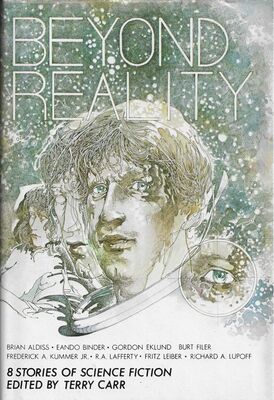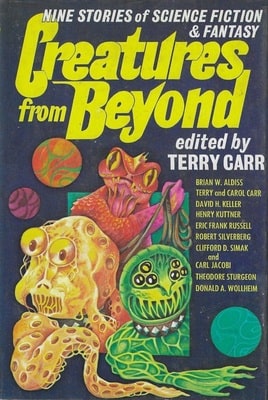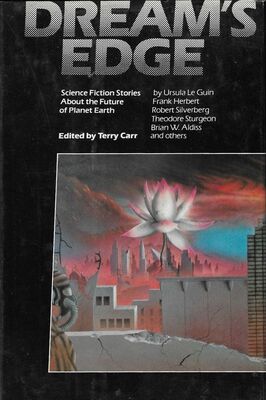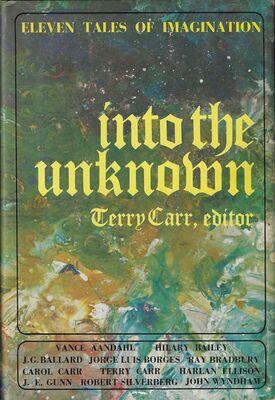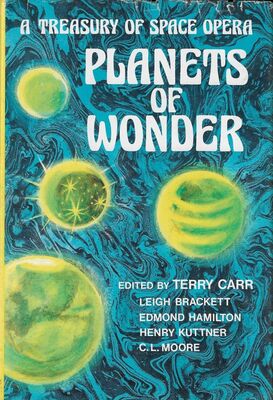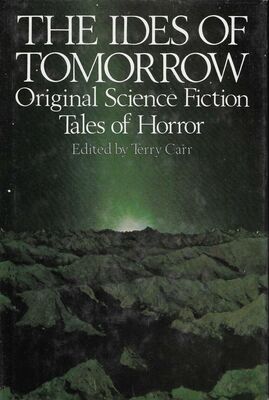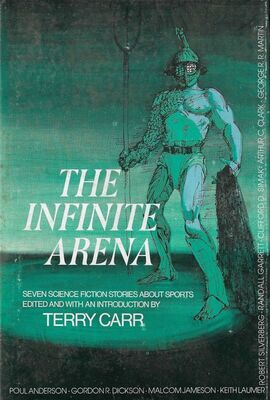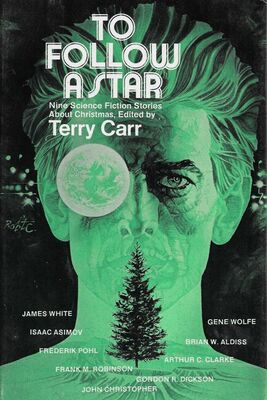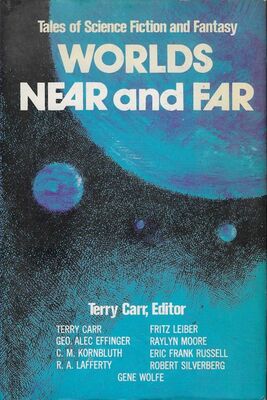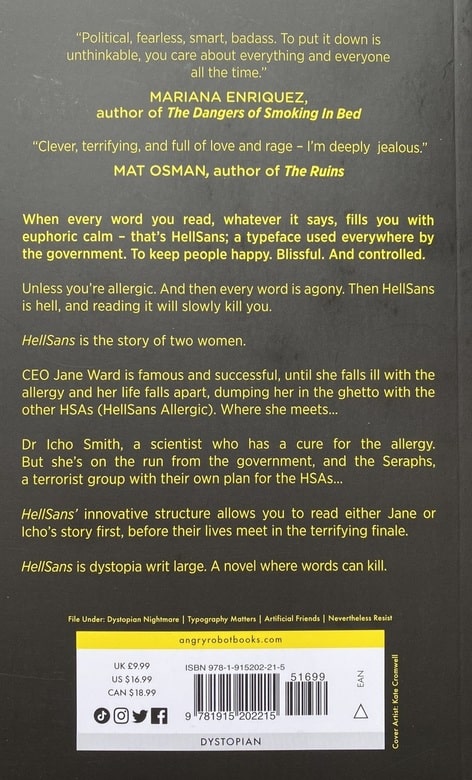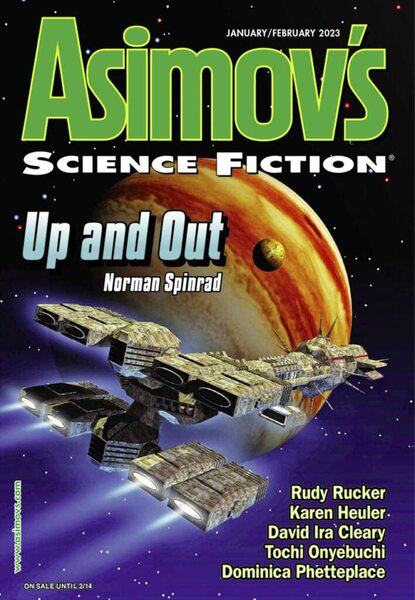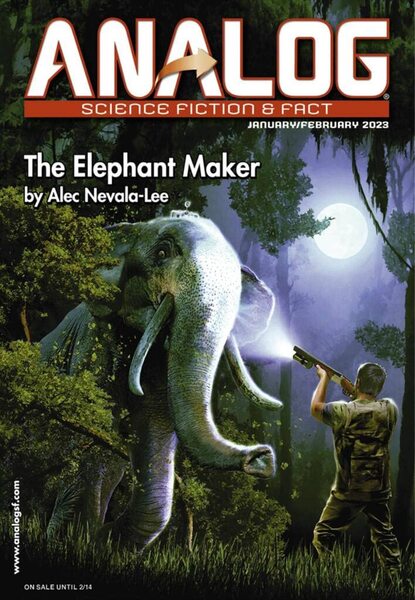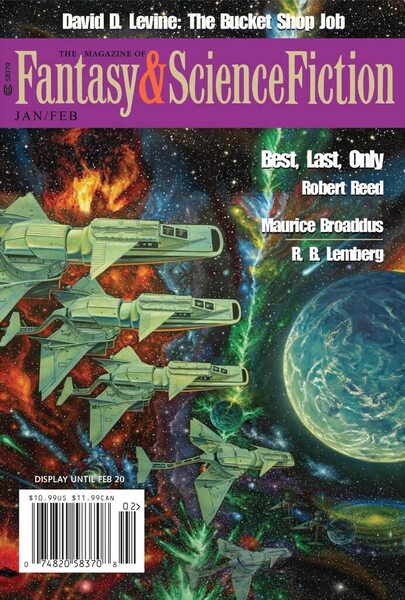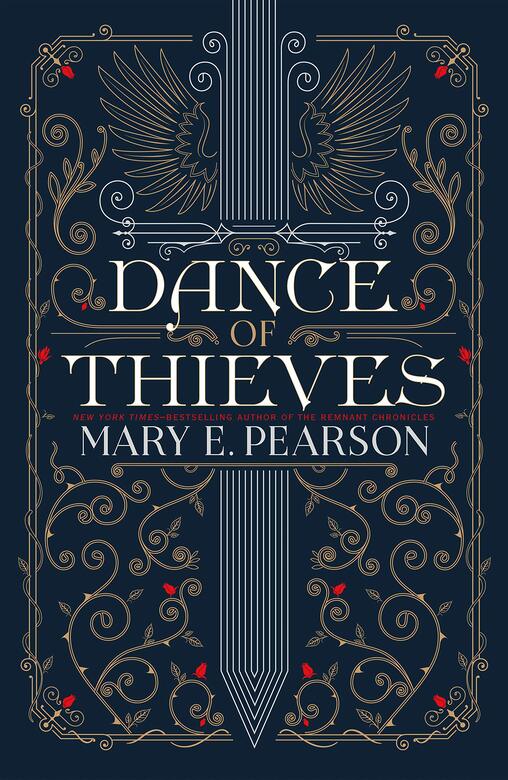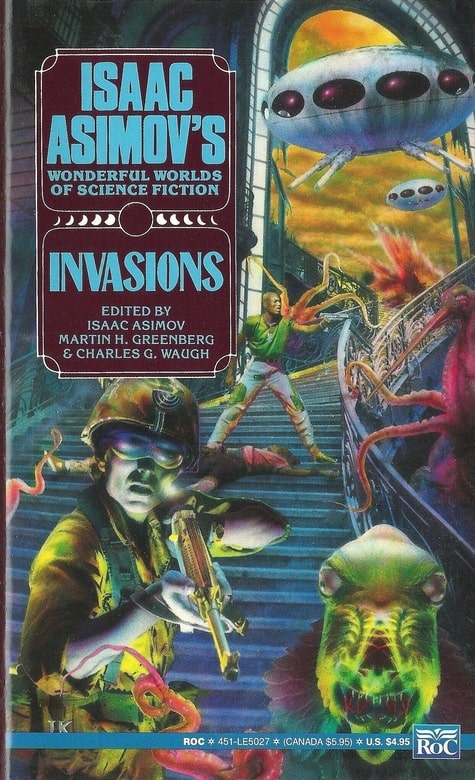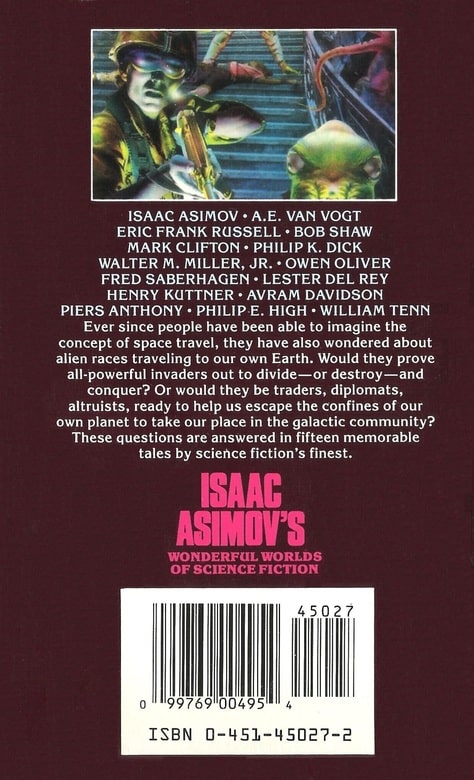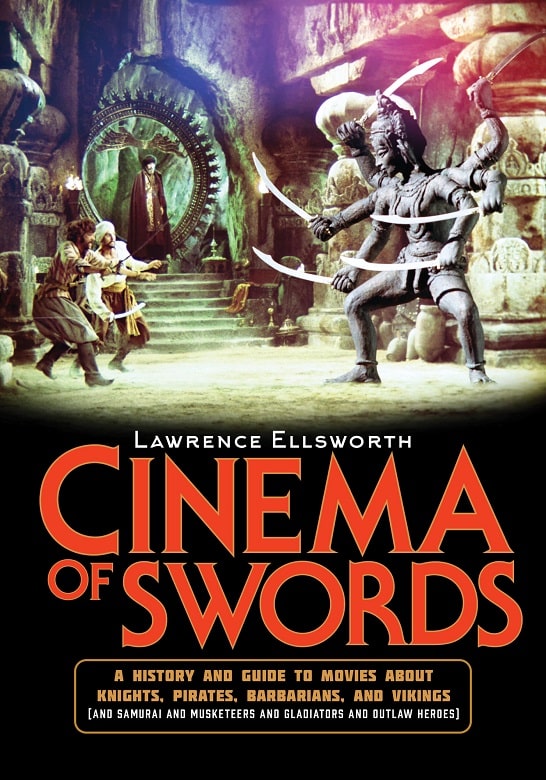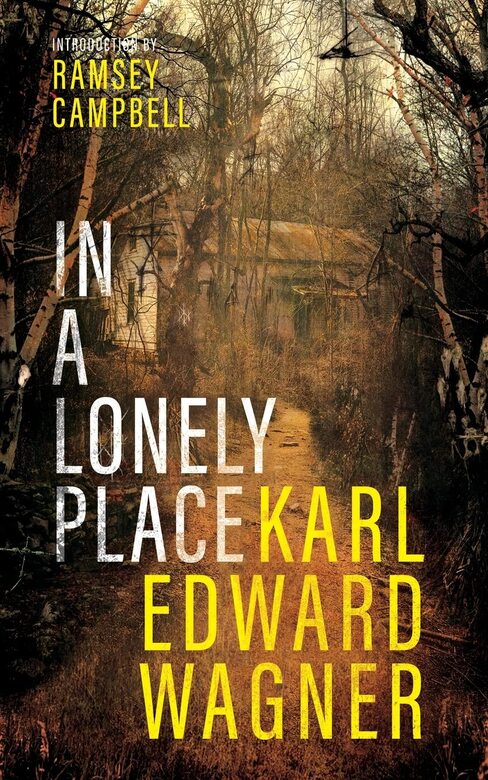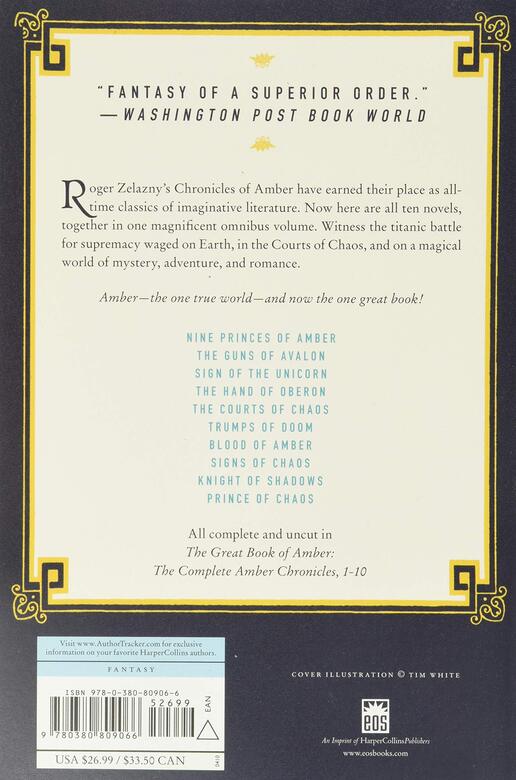Vintage Treasures: The New Hugo Winners, Volume III and IV, presented by Connie Willis and Gregory Benford
 |
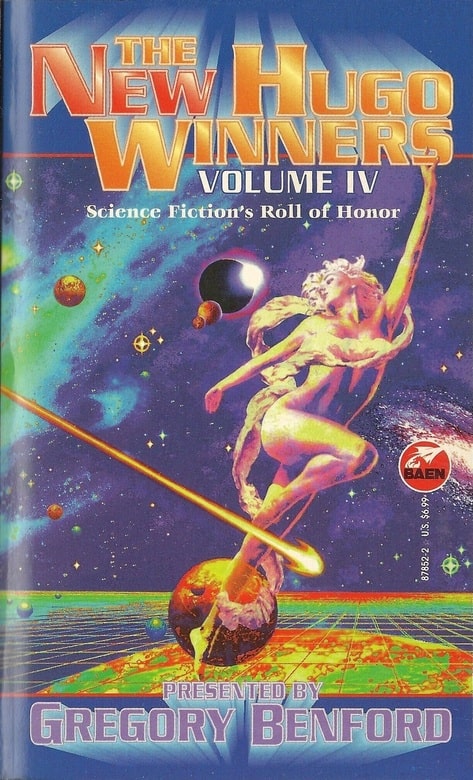 |
The New Hugo Winners, Volume III and Volume IV (Baen, and May 1994 and November 1997). Covers by Bob Eggleton
The Hugo Winners, Volume I and Volume II, edited by Isaac Asimov and collected in one big omnibus by the Science Fiction Book Club in 1972, was one of the top-selling science fiction books of the 70s, and Volume III (1977) was gladly received by readers. But by the time Volume IV and V were released in the mid-80s, sales had fallen off so significantly that neither one was ever reprinted in paperback, and Doubleday ceased publishing them entirely after the fifth book.
It was Martin H. Greenberg who talked Asimov into picking up the tradition with The New Hugo Winners in 1989. The two of them brought the series to Baen, and produced two volumes before Asimov’s death in 1992. Although Asimov had openly championed having Greenberg pick up the baton after his death, that didn’t happen. Instead it was Connie Willis and Gregory Benford who edited (excuse me, “Presented”) The New Hugo Winners, Volume III and Volume IV, as paperback originals from Baen Books in 1994 and 1997.

